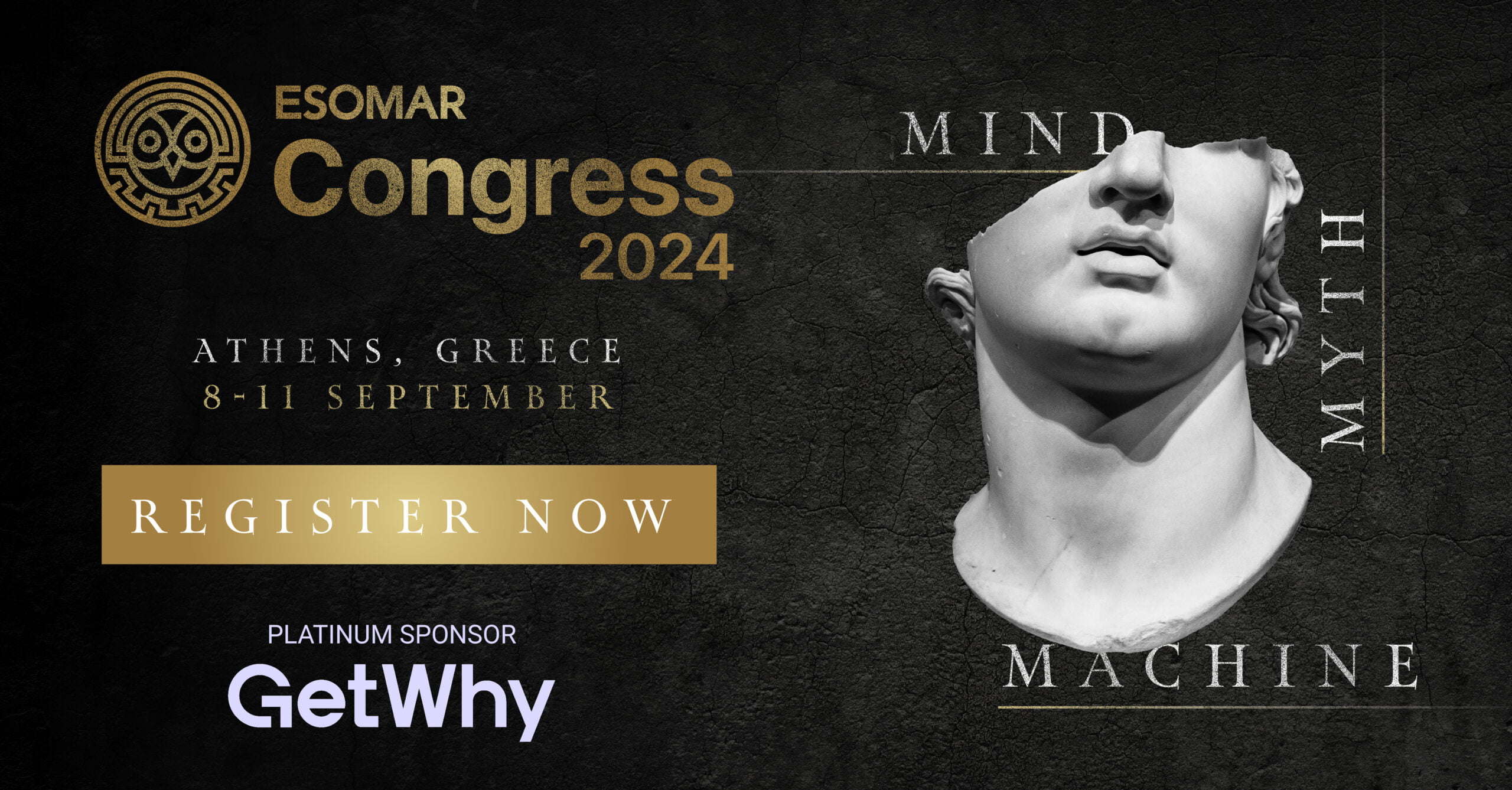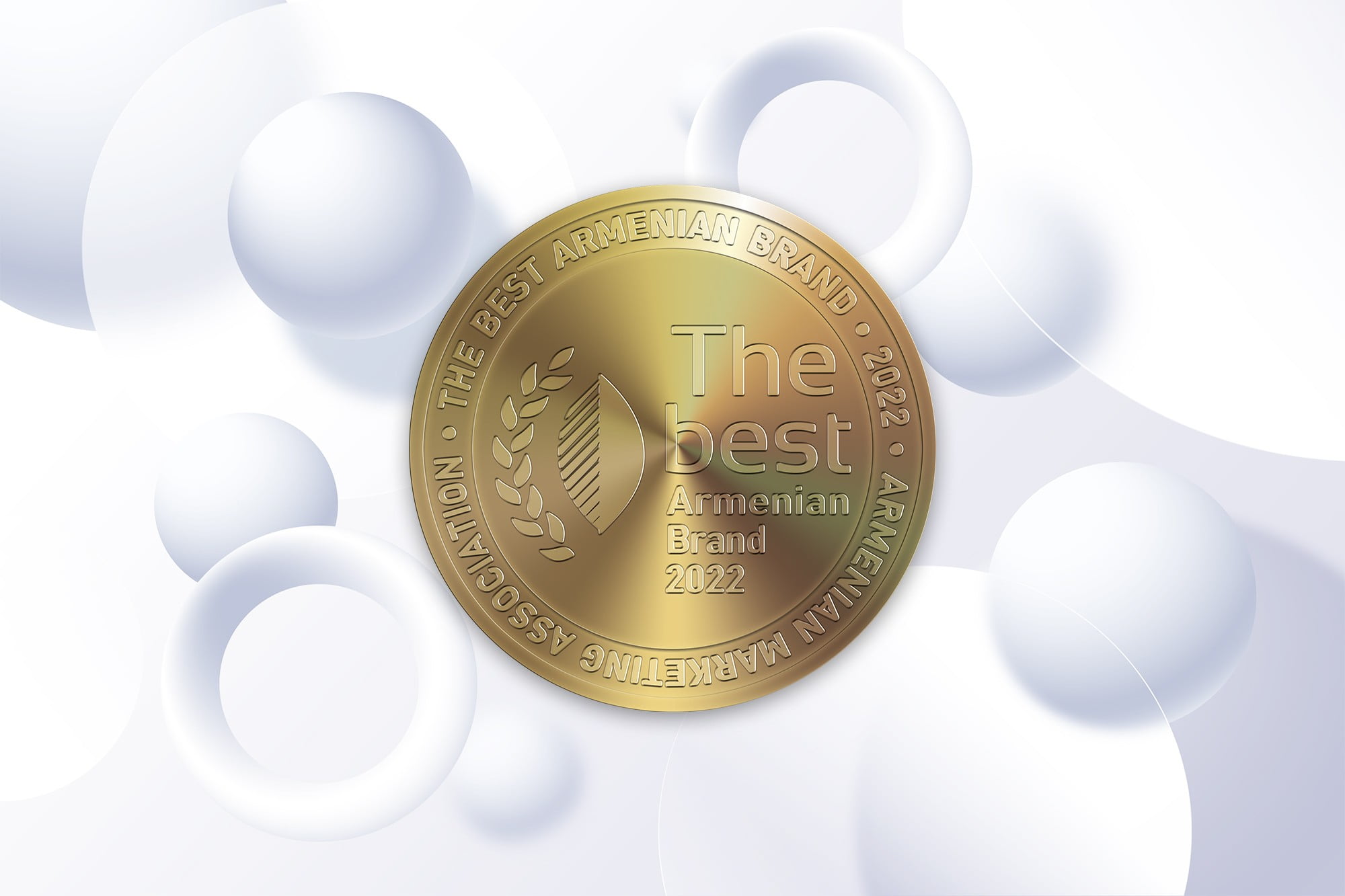PUBLIC RELATIONS
- Duration of training — 3 days (2 hours a day)
- mini-lecture, presentation of theoretical materials and foundations — 30 minutes
- analysis of examples — 15 minutes
- discussion, exchange of views — 20 minutes
- practical task, role play — 40 minutes
- conclusion, comments — 15 minutes
Description of the training
PR is the concept of public relations, which is considered one of the most widespread, modern and used concepts. In modern society, information and communication technologies are quite promising and are in great demand. Both public and private organizations are in need of a PR professional.
The aim of the training «Public Relations» is to familiarize the audience with the basics of public relations, strengthening the reputation and creating a beneficial and positive image. The training also will familiarize you with the basic techniques and tools that influence public opinion and the basics of creating favorable partnerships with the media, with the PR professionals.
During this training, the participants will receive relevant materials and an extensive list of references. They will also discuss examples from the Armenian and international markets.
Participants will be able to not only discuss issues but also use the knowledge gained during role-playing games.
The training is designed for
PR and advertising professionals, press workers, press secretaries, as well as marketing communications professionals and those interested in this area.
At the end of the training, participants
- will understand basic PR concepts
- will be able to develop a PR project
- get acquainted with PR promotions, the basics of concepts such as conferences, press releases, presentations
- will be able to cooperate with the media
- will be able to work as a PR professional in various commercial organizations in Armenia
Description of the practical task
The training participants are given a task — a role-playing game, the purpose of which is to use the gained knowledge in practice.
The proposed role-playing game is carried out according to the developed general strategy and has a continuous character. During each seminar, participants develop the game according to the knowledge gained.
Lesson 1.
- Introduction, acquaintance
- The essence of PR, description, goals and objectives
- PR department, place of PR professionals and place in the structure of the organization
- Professional PR ethics and possible problems
- Types and features
- Communications and their types and models
- Departments related to PR, and advertising, PR and promotion, PR and marketing
- Moral PR issues
- Spheres of PR `GR, IR, MR
- PR during the crisis
Practical task
- Discuss ethical issues that professionalc face in various areas of PR
- Participants are divided into groups, that is, organizations, choose a name for the organization, the scope of their activities, profile, reason for the PR project (product, problem, innovation). Provide a generalized description of the idea. Describe the market, features, main competitors with similar products on the market.
Lesson 2.
- The concept of the public in PR. External, internal, latent and active public.
- Effective communication between the organization and the public — a description of the RACE system
- Image of the organization and types of the image. Features of the development of the organization’s image. Events aimed at improving the image.
- Public relations in the marketing communications system. PR and management, PR and marketing, PR and Promotion, PR and Publicity, PR and advertising; similarities, differences.
- Market concept, market segmentation, niche concept, market distribution, redistribution, features of new markets, laws of work in new markets.
- The concept of branding in PR. Brand building. Essential brand attributes. Brand and trademark: similarities and differences. Brand as a stereotype and a legend. The concept of brand and consumer behavior.
- Advertising communications — ATL, BTL. Advertising in the media: advertising and media planning. TV advertising, radio advertising, advertising in the press. Features and effectiveness of other advertisers.
Practical task
- Discuss the concept of public, types of public, external and internal public, corporate external and internal communications.
- Discuss the role of advertising and the impact on public opinion and public reason.
- Participants are asked to develop a marketing strategy for their organizations.
Lesson 3.
- Planning a PR campaign. Features of each stage of the PR campaign
- Dividing the target audience, social and psychological picture of the Armenian audience, features.
- Development of a PR project, presentation, implementation. Long-term evolutionary PR, short-term PR actions, PR during the crisis.
- Special measures, validity, organizational features, efficiency.
- Types of PR actions — presentations, conferences, briefing, acceptance, exhibitions.
- PR and media. Basic principles of cooperation with the media.
PR and network (Internet): - Marketing research. Applying case studies to evaluate research on product prestige, consumer audience, and the effectiveness of organized events: presented demand, validity and effectiveness.
Practical task
- Describe the most memorable and favorite advertisements and reveal the basic principles of PR.
- Submit a mini PR project with a detailed description of PR actions.
Lesson 4.
- Evaluation of the effectiveness of the training / filling out the questionnaire
- Discussion of the training results, exchange of views. Satisfaction with the knowledge and experience gained. Need for change, suggestions.
- Presentation of certificates





